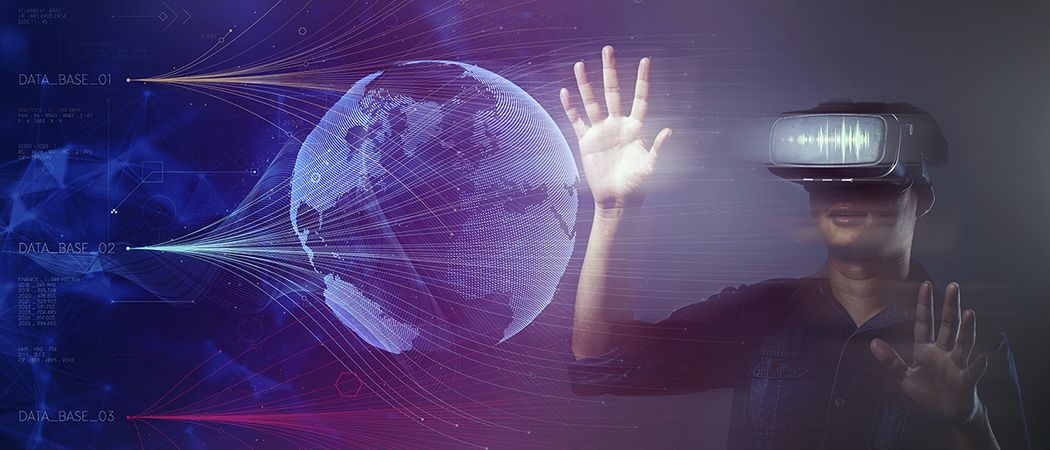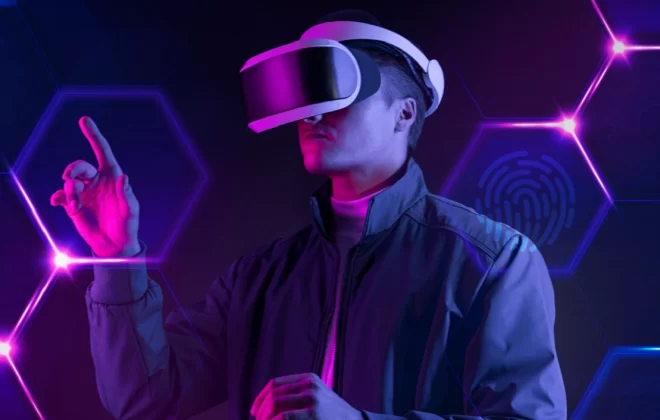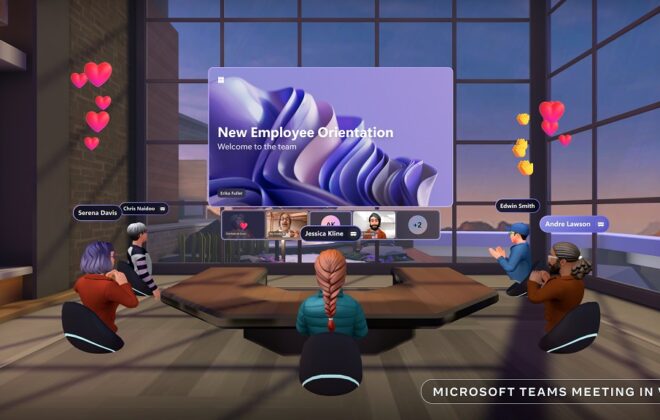Work metaverse: What virtual reality office life could look like
Workwise, the digital divide is all about skills and mindset. In saying this, many experienced professionals have never learned more than the basics of email, web search, and Microsoft Office. Instead, they lean towards nearby colleagues or the IT help desk when things do not go according to plan.
When compared to another, young people have already demonstrated competence in the virtual workplace, because they come equipped with a more intuitive grasp of digital technology and the initiative to troubleshoot problems via YouTube tutorials, social media, and subreddits.
As a generation, they are also bigger gamers. As more and more work takes place in virtual reality, being familiar with massively multiplayer online games like Fortnite and Roblox, not to mention the ability to manage multiple digital identities, is set to make the competition keener still.
Metaverse is still to be built. VR, of course, has been used in training for certain physical jobs, from astronauts and pilots to law enforcement, and manufacturing. When it comes to specialist machinery or complex locations, the relative safety and cost advantages of training virtually are obvious, but it is in knowledgable work, from software engineering to law to design, where the changes will be most profound.
Improving communication
For most people, remote working during the pandemic has been characterized by alt-tabbing between communications apps and videoconferencing platforms such as Slack and Miro. There is undoubtedly a lot of room for improvement there.
Academic studies have found that collaborative work between colleagues suffers when they work remotely. Exchanges over email or Slack increasingly replace real-time in-person conversations, hampering communication.
Google itself has claimed that informal chats at coffee machines and lunch tables in its campus were responsible for innovations such as Street View and Gmail. But, with remote working, this kind of unforeseen encounter disappears.
Of course, there are costs to remote working, in terms of individual wellbeing too. Stanford researchers have found that so-called “Zoom fatigue” is driven by a combination of intense eye contact, lack of mobility, self-consciousness about one’s own video feed, and the cognitive demands of needing to give exaggerated feedback to signal understanding, agreement, or concern.
Technological advances mean solutions to these problems related to remote working are becoming possible. Collaboration software such as Meta’s Horizon Workrooms and Microsoft Mesh, which allow colleagues to meet as avatars in VR or take part in a real-world meeting as a photo-realistic hologram, are already available.
The metaverse 1.0 will no doubt see organizations creating persistent VR workplace environments, in which employees can interact in real-time as embodied avatars, encouraging chance encounters and corridor chats.
Imagine, for example, if going from one remote meeting to another, involved leaving the conference room and crossing a bustling virtual atrium. That might sound far-fetched but bear in mind that Korean PropTech company Zigbang has already opened a 30-floor VR office called Metapolis. Employees choose an avatar and navigate to their desks via elevators and corridors. When they meet a colleague’s avatar, their webcam and mic are activated so they are able to have a conversation. The webcam and mic then turn off automatically as their avatar walks away.
Meanwhile, the ability to use and read body language and actively participate in group discussions by scribbling post-it notes or drawing on a virtual whiteboard should make remote meetings in VR more engaging. They require much more active use of the neck, shoulders, arms, and hands than a typical hour on Zoom.
Working as avatar
It seems likely that a new set of workplace norms will emerge as the metaverse develops. Team games, including virtual bowling nights and virtual ping-pong tournaments, might supplant Zoom drinks as the default remote working social event.
When it comes to hiring, meanwhile, VR could bring distinct benefits. “Blind” auditions have been shown to significantly increase the representation of female musicians in symphony orchestras. It follows that interviewing as an avatar might diminish the effect of bias, unconscious or otherwise, against people on the basis of their gender, age, or appearance.
Just as custom “skins” (outfits) are a feature of many massively multiplayer online games, in the virtual world of work, there may well be demand for creativity in virtual fashion and accessories too, as people seek to express their personal brand within the constraints of professional dress codes for avatars. Gucci has already sold virtual hats, handbags and sunglasses on the massively multiplayer online games platform Roblox.
Young people have been the worst affected by the disruption Covid-19 has caused to the job market. While some struggled with working productively from a shared house or their parents’ homes, others were scammed into joining companies that did not even exist.
Nonetheless, the pandemic has also brought exciting glimpses of how remote working might evolve. Due to public health concerns and climate pressure, the latter is here to stay. As it develops into the metaverse, it will continue to bring capabilities that are concentrated among younger people to the fore.
Besides Metaverse, try Latamforce
Really want to improve communication and see a difference within the workflow and team members?
Latamforce offers IT staff augmentation services, has solid recruitment processes, and is open to listening to all your requirements and needs in order to make your business a success.
Let us help you and start to notice an impressive difference in the communication and functionality of your employees.
Book a call today and discover and experience a change in your business.




